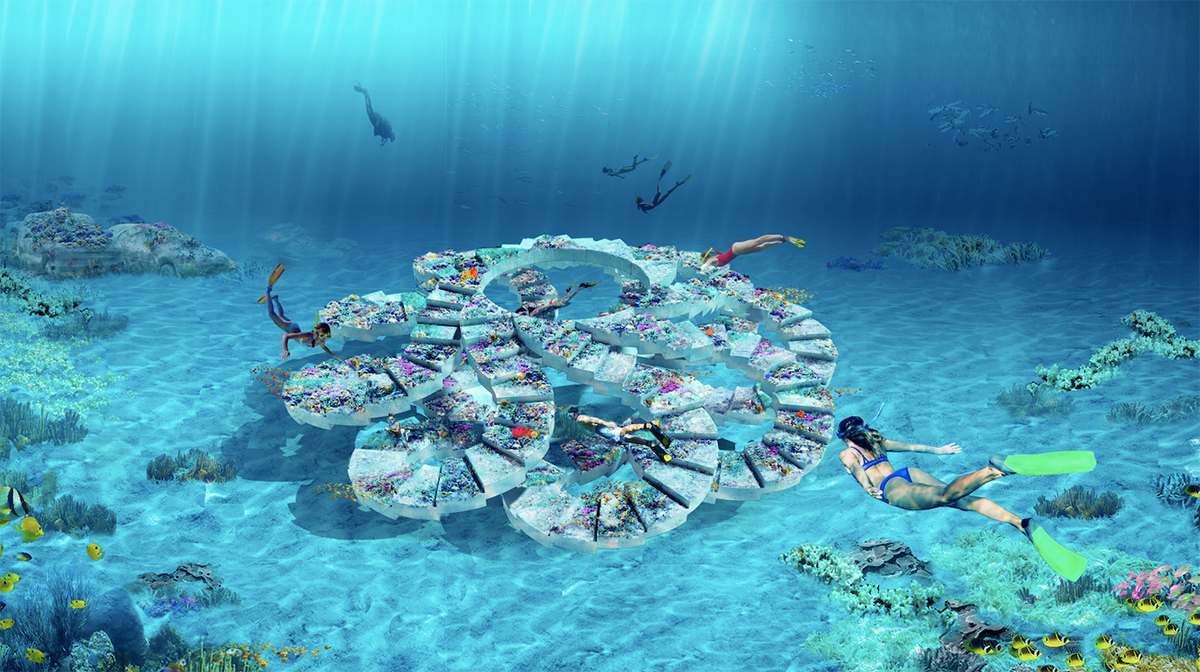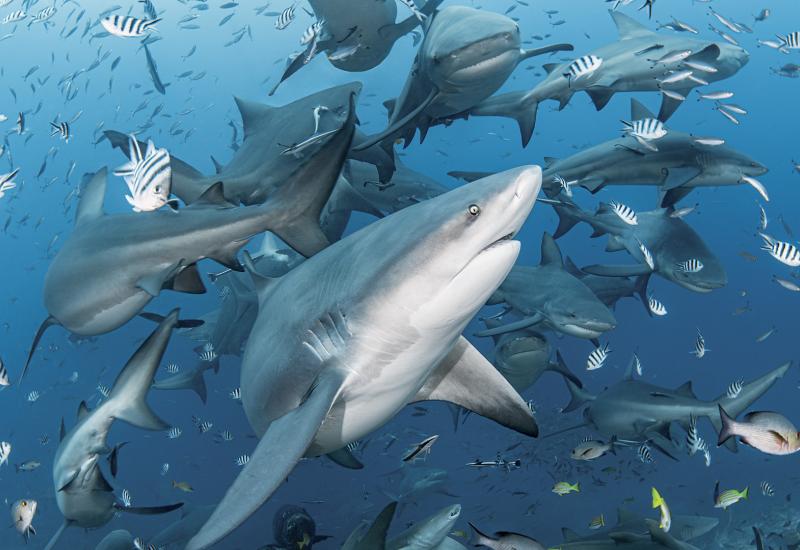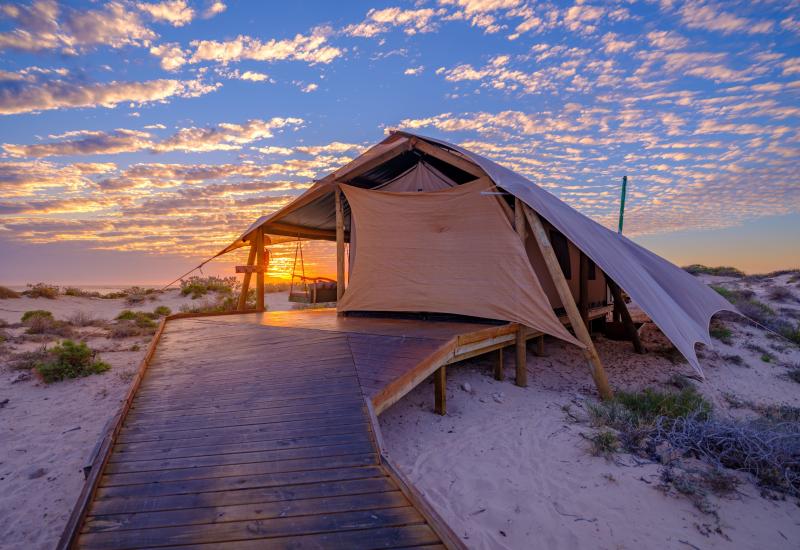What It's Like Diving Australia's Neutrally-Buoyant Wonder Reef

Courtesy ImageMarine life has quickly claimed Wonder Reef.
Puffs of ocean mist linger above the horizon as humpback whales breach and slap their fins. From May to October, as the whales cruise the Queensland coastline to give birth and mate, the boat ride out to Wonder Reef doubles as a de facto whale watching trip.
A mere 26 to 60 feet below the surface is this new marvel: The world’s first buoyant reef. Constructed in 2021, Wonder Reef’s nine spiral flute structures are clustered in sets of three, chained to a block on the seabed nearly 100 feet down. Artists and engineers spent over 15 months designing and developing it, building it to withstand the strongest swells and storms before it was unveiled to the diving public in June.
Local divers are surprised at the amount of sea life the reef has attracted so far. “We see new species of fish at Wonder Reef on a weekly basis,” says Sebastian, co-owner Gold Coast Dive Adventures, a PADI Dive Center that runs regular trips to Wonder Reef. At first, it was solely small fish who took refuge within the reef. The small fish attracted medium fish which then attracted larger fish. Now, it’s common to see humongous Queensland groupers lingering at the base of Wonder Reef with tuna, wahoo, and mackerel cruising through the blue. During whale migration season, the haunting song of a male humpback whale is a regular background beat.
Our boat arrives at the dive site and moors onto one of the three buoys, still in view of the Gold Coast’s skyscrapers sparkling under the characteristically blue skies.

Courtesy ImageDivers fin through the newly installed Wonder Reef.
Gear on, my dive guide instructs us to gather at the mooring for our plunge. We descend onto the first structure, a metallic spiral gently swaying with the ocean surge. I can see it is already encrusted with barnacles, hard corals and algae. The kinetic structure itself feels alive, like a creature of the sea dancing gently in the current. I peer into the base of the chute and spot a scorpionfish camouflaged in the reef. A lionfish takes refuge under one of the spirals.
We descend along the chain of the flute and follow it along a rope leading to the next cluster of three structures. One by one, we time our swim-through with the swell, venturing through the tiny holes between the structures like astronauts navigating an extraterrestrial orb. Octopuses, nudibranchs, eels, lionfish, surgeonfish and other smaller fish surround us.
The dive ends and we bask under the sun’s rays with a hot cup of cocoa in hand. A mother humpback whale and her newborn calf appear just fifty feet from the boat. I’m mesmerized by their size and grace.
“I hope a whale doesn’t come along and use one of the structures as a scratching post,” one of the dive guides jokes as the calf comes up for another breath. I stand on my sea legs, clutching my warm cup, and marvel at how one site can deliver for any diver who loves sea life, big or small.
Need to Know
Operator: Gold Coast Dive Adventures runs trips to Wonder Reef multiple times per week.
Conditions: Water temperatures dip to around 65°F during wintertime (June to August) and climb to around 78°F come summertime (December to February). Because Wonder Reef is set above a sand seabed, visibility can vary from 10 feet to 50+ feet depending largely on ocean conditions, high winds and a large swell can lead to low visibility.
Equipment: You’ll want at least 5mm of neoprene, a hood, and gloves during wintertime. When water temperatures are above 75°F, a 3mm wetsuit should be enough.
When to Dive: Dive Wonder Reef all year long. For the best chance of spotting a whale during your dive, visit from May to October.
Getting There: Dive trips depart from the Runaway Bay Marina in Gold Coast, Queensland. Brisbane International Airport and Gold Coast International Airport are both about an hour away by car.











